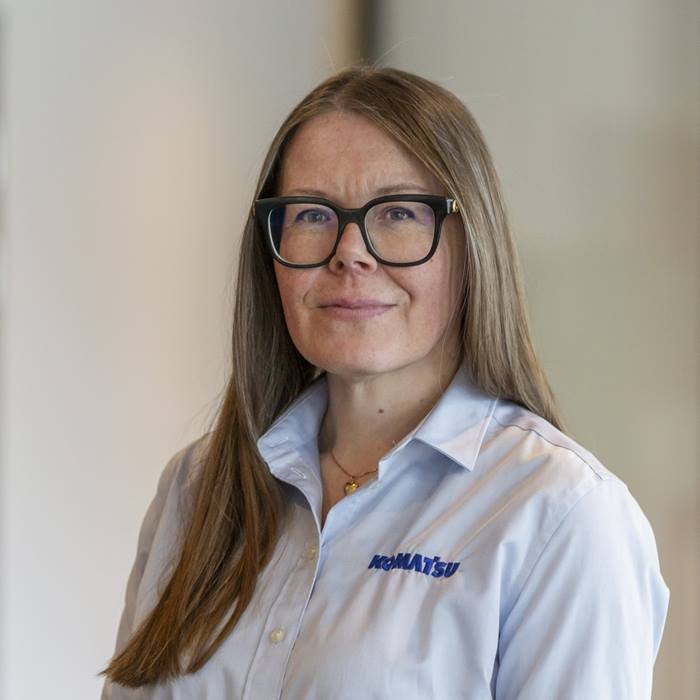Boost your profitability with SpeedShift

Press release
June 07, 2017
Komatsu Forest is introducing a new forwarder option, SpeedShift, a smart solution that enables operators to use the machine's full speed range without having to stop to change gear. SpeedShift automatically shifts the machine up a gear as the operator increases speed, which results in both lower fuel consumption and higher average transport speed.
SpeedShift is a smart gearbox solution with dual hydrostatic motors, with the forwarder automatically changing up a gear as the operator increases speed. This enables the machine to accelerate continuously within the full speed range without any additional operator intervention. In this way, the engine can work at optimal engine speed most of the time, which saves fuel and provides a quiet and more comfortable work environment.
The automatic gear changes enable increased transport speed where ground conditions allow. This can include, for example, relatively flat access roads in otherwise hilly terrain that can be covered at faster speed. The longer the forwarding roads, the greater the benefit offered by SpeedShift.
The main difference between SpeedShift and a standard gearbox is the automatic gear changes. A machine with a standard gearbox can be driven at up to about 7 km/h in low gear; to drive faster, the operator must stop and change to high gear. Since this gear changing takes time that could be better used for production, operators often drive at the maximum speed possible in low gear, which means high engine speeds and, consequently, higher fuel consumption.
The SpeedShift technology is centred on a gearbox with two motors and two operating modes. Motors M1 and M2 are used together when high traction is required but the machine is moving at low speed. When the driving speed exceeds 6 km/h, the gearbox automatically disengages M2 from the powertrain. M2 is then completely disengaged from the hydraulic system, which means lower energy losses and, as such, lower fuel consumption.
The operator can adapt the powertrain's handling characteristics according to needs by switching between four driving modes, which are selected using buttons on the keypad. In working modes, the accelerator pedal is used as a driving pedal and does not increase engine speed. In transport mode, the accelerator pedal instead controls the speed of the diesel engine.
This option will initially be made available in the Swedish market for the 855 and 895 forwarders in 2017.
The automatic gear changes enable increased transport speed where ground conditions allow. This can include, for example, relatively flat access roads in otherwise hilly terrain that can be covered at faster speed. The longer the forwarding roads, the greater the benefit offered by SpeedShift.
The main difference between SpeedShift and a standard gearbox is the automatic gear changes. A machine with a standard gearbox can be driven at up to about 7 km/h in low gear; to drive faster, the operator must stop and change to high gear. Since this gear changing takes time that could be better used for production, operators often drive at the maximum speed possible in low gear, which means high engine speeds and, consequently, higher fuel consumption.
The SpeedShift technology is centred on a gearbox with two motors and two operating modes. Motors M1 and M2 are used together when high traction is required but the machine is moving at low speed. When the driving speed exceeds 6 km/h, the gearbox automatically disengages M2 from the powertrain. M2 is then completely disengaged from the hydraulic system, which means lower energy losses and, as such, lower fuel consumption.
The operator can adapt the powertrain's handling characteristics according to needs by switching between four driving modes, which are selected using buttons on the keypad. In working modes, the accelerator pedal is used as a driving pedal and does not increase engine speed. In transport mode, the accelerator pedal instead controls the speed of the diesel engine.
This option will initially be made available in the Swedish market for the 855 and 895 forwarders in 2017.

